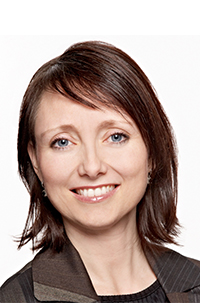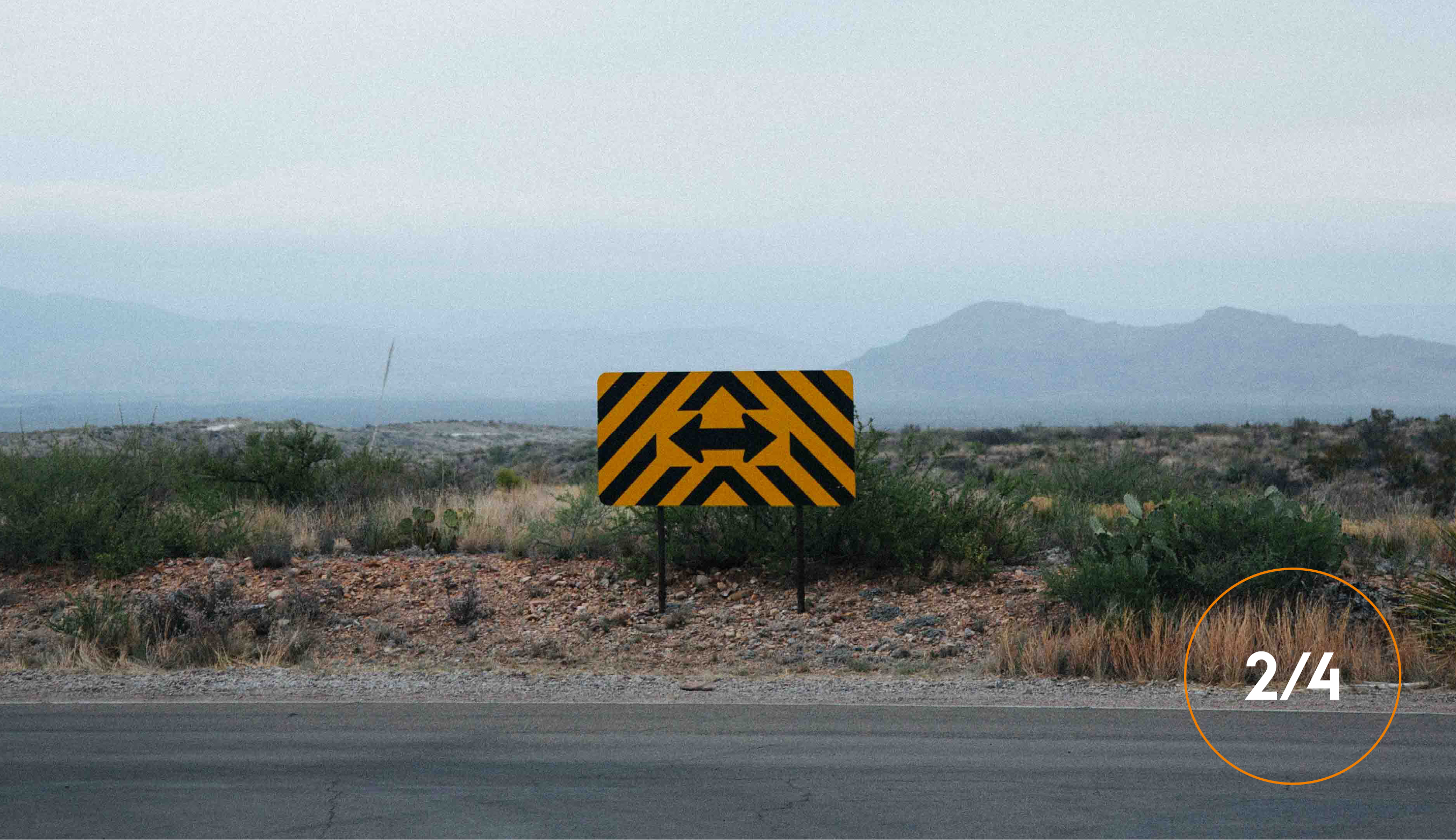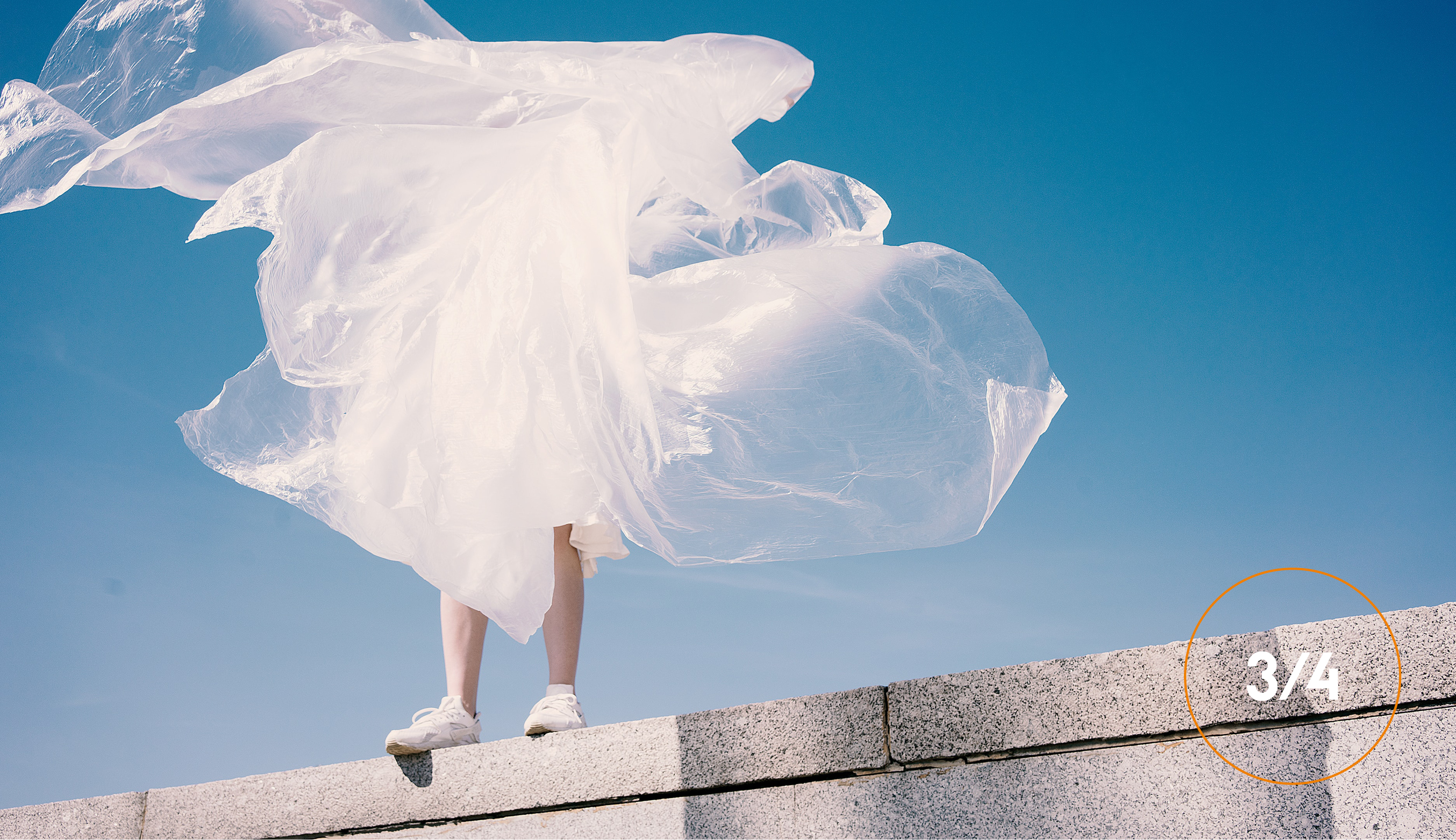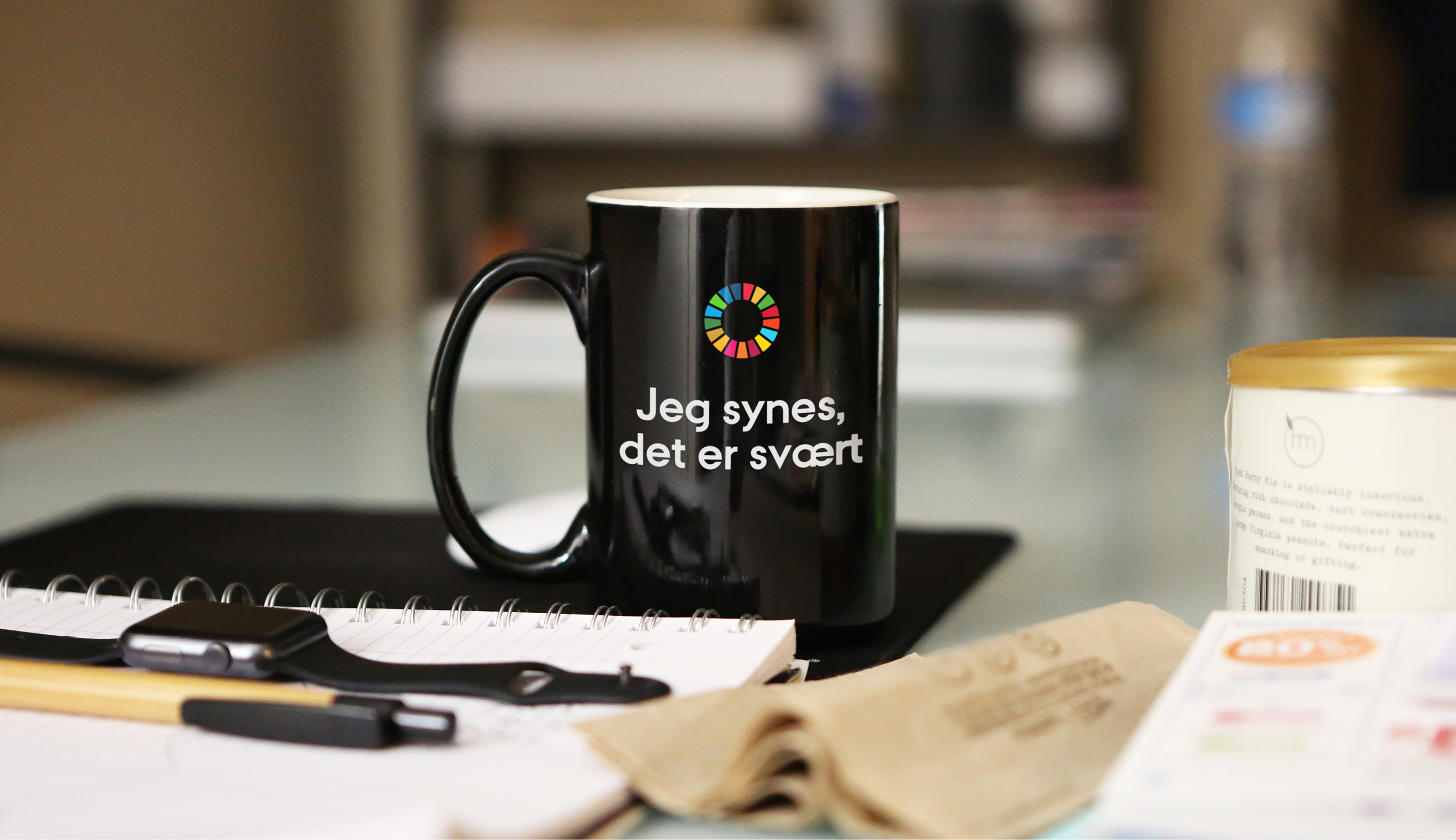For an owner-manager caught up in the running of a business and often pressed for the upkeep of business models and resources, it can at best seem rather demanding and in the worst case an overwhelming task to embark on the UN’s Sustainable Development Goals. Especially when we know that all 17 goals must be met to achieve proper sustainability, says associate professor Annabeth Aagaard, International Centre for Digital Business Development, Aarhus BSS.
Even though the goals might well seem a little far reached for a business manager, many small and medium-sized enterprises (SMEs) have already used them as leverage to optimise and develop their business (see the fact box). In this case, it is wise to begin with the two or three goals which best fit the company’s core business, or with the area within the business that has the most negative effect on the environment and society.
So explains Associate Professor Annabeth Aagaard, Centre Director at the Interdisciplinary Centre for Digital Business Development at the Department of Business Development and Technology, Aarhus BSS.
“What prevents SMEs from working with the goals is that they don’t know where to begin. That’s why it is important to begin in familiar territory, gain experience and gradually take on more daunting tasks,” she says.
Fact box – SMEs excelling at sustainability A host of Danish SMEs have already shown that sustainability makes good business sense - here are some examples:
|
Recycling is good
According to Annabeth Aagaard, whether the company works in the manufacturing or service industry, recycling is a good place to begin in relation to the Sustainable Development Goals as minimising waste and a responsible use of resources will always be good for business. Manufacturing companies are often already working within specific guidelines, so if they can optimise their processes in this area, it will have a direct impact on their bottom line. An example is Egetæpper in Herning who has set up a swap system for old carpets, which the company then recycles to make new ones. For companies in the service industry, recycling might not be as clear-cut as it is for manufacturing companies, but there are still many possibilities: For example, a bank or consultancy business could consider its paper consumption and aim to minimise the volume of printing on paper. Travel costs are another area a company can look into. Here the company could hold more online meetings via Skype to reduce travel, or provide employees with access to electric cars. If you work with people, it would make sense in terms of the Sustainable Development Goals to hire ethnic minorities and people with disabilities or long-term illness.
“Everyone, regardless of industry, are duty-bound to take the issue of sustainability very seriously. Not least because the requirements for SMEs as subcontractors are increasing and because it will be crucial in future to be a preferred subcontractor and the first-mover,” emphasises Aagaard.

"The sustainability agenda is not just a question of branding, but should be a strategic agenda that permeates the whole value chain"
Annabeth Aagaard, associate professor, Interdisciplinary Centre for Digital Business Development, Department of Business Development and Technology, Aarhus BSS
Increasing documentation requirement
Sustainable business management has long been in focus for large companies, which according to Article 99 of the Danish Financial Statements Act (Regnskabsloven) are required to supplement the management review with a statement of corporate social responsibility - including the actions of their subcontractors in the field. For this reason, companies will often select subcontractors who can meet the requirements. This means that SMEs will be rejected if they cannot document their CO2 emissions, waste management and resource waste minimisation etc.
"I meet more and more SMEs who find that the documentation requirements are becoming increasingly demanding. This is true, and the trend will continue,” says Aagaard.
However, she sees increased advantages for Danish SMEs who excel at documentation. Many foreign subcontractors are not exactly geared towards documenting sustainability so intensively. Therefore, more and more large Danish companies would rather pay a slightly higher price than risk appearing on the front page of Bloomberg Businessweek in a suspected case of child labour for example.
”Data and credibility will sort the wheat from the chaff, and here Danish SMEs have a real opportunity,” she says.
From optimisation to innovation
Furthermore, it is absolutely crucial that you don’t compare your business too much with others in the field, but discover the strength of your own business instead.
“It is fine to look at the competition in the industry, because that is the lowest level you need to keep up with to even stay in the game. However, to gain competitive advantages, you need to go beyond doing the same as your competitors. You need to find out what you can do that the others cannot. This is only way you can go from optimisation to innovation,” says Aagaard and adds:
“It could well be that as a first-mover, you’ll learns some lessons. However, those lessons repay tenfold in relation to owning the product and having a patent on the technology behind it. This will become a competitive parameter,” she states.
Not just branding
If you succeed, you will get new opportunities to invent brand new products and business models. One example is the Danish Hotel Guldsmeden, which started by introducing a towel programme just like all other hotels. Today, the hotel holds a Green Globe certification1) and boasts a comprehensive sustainability programme that functions as a unique selling point for customers.
“They started out on safe ground, but just by embarking on the learning curve they moved from towels to food waste, and from there to publishing a recipe book and selling their own organic, sustainable products in recyclable plastic such as soap, shampoo and toothpaste online.”
From a business, innovation and environmental perspective, it thus makes perfect sense to work with the Sustainable Development Goals: The goals can be used to optimise the existing business and processes. They can be used to develop completely new, sustainable businesses, products and services. And they can help SMEs differentiate their services and create competitive first-mover advantages. Moreover, when Denmark is doing well in terms of sustainability, SMEs can benefit from riding that wave if they take the work seriously.
“However, it will only work if companies move Corporate Social Responsibility out of the corporate communications department and into the top management and the entire organisation. The sustainability agenda is not just a question of branding, but should be a strategic agenda that permeates the whole value chain. Otherwise it is simply lip service, and the company will never get ahead in terms of innovation, development and business. It should be part of the company’s DNA,” states Aagaard.
Note:



